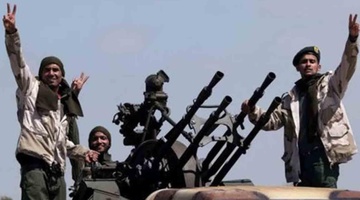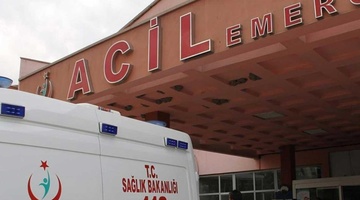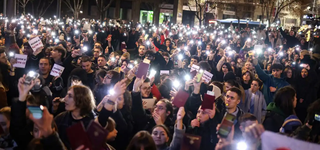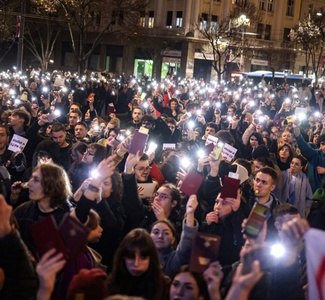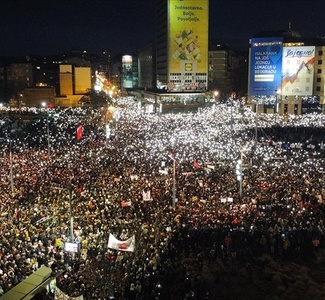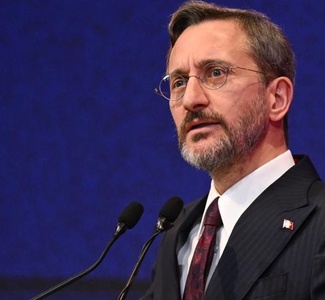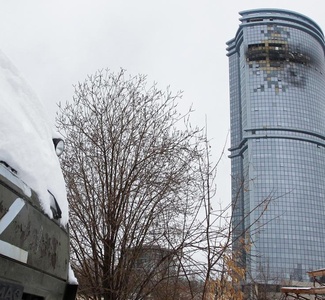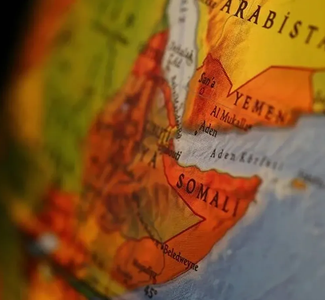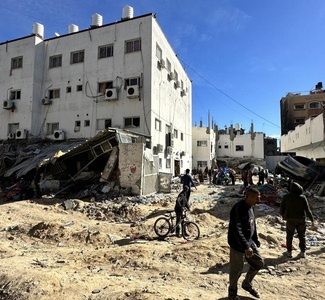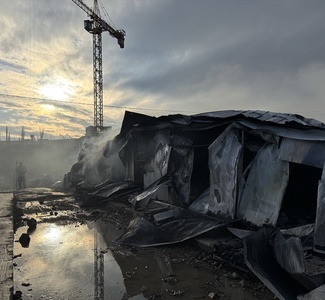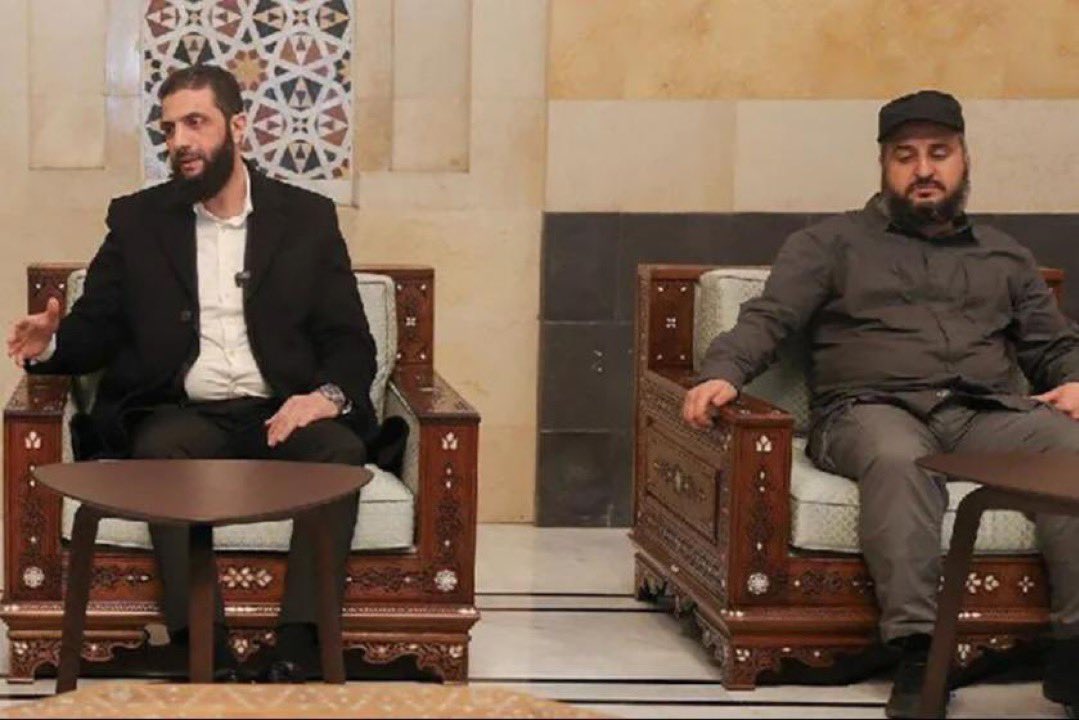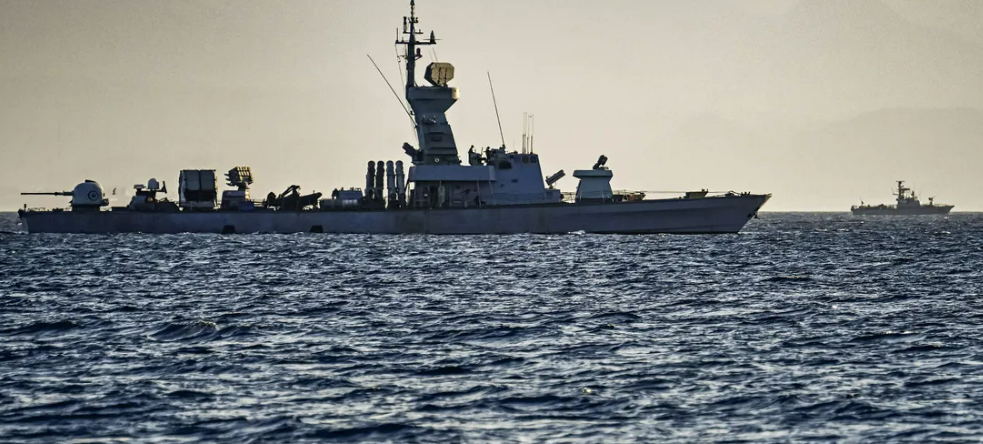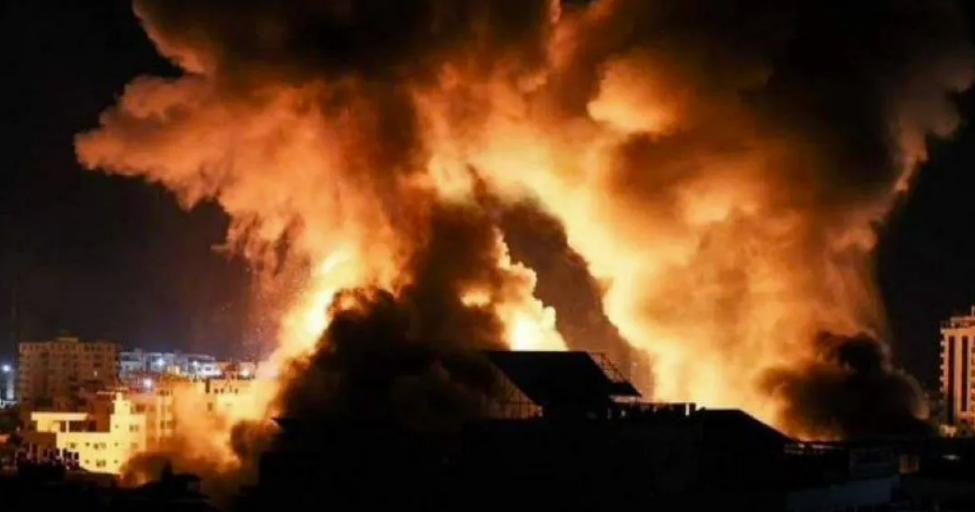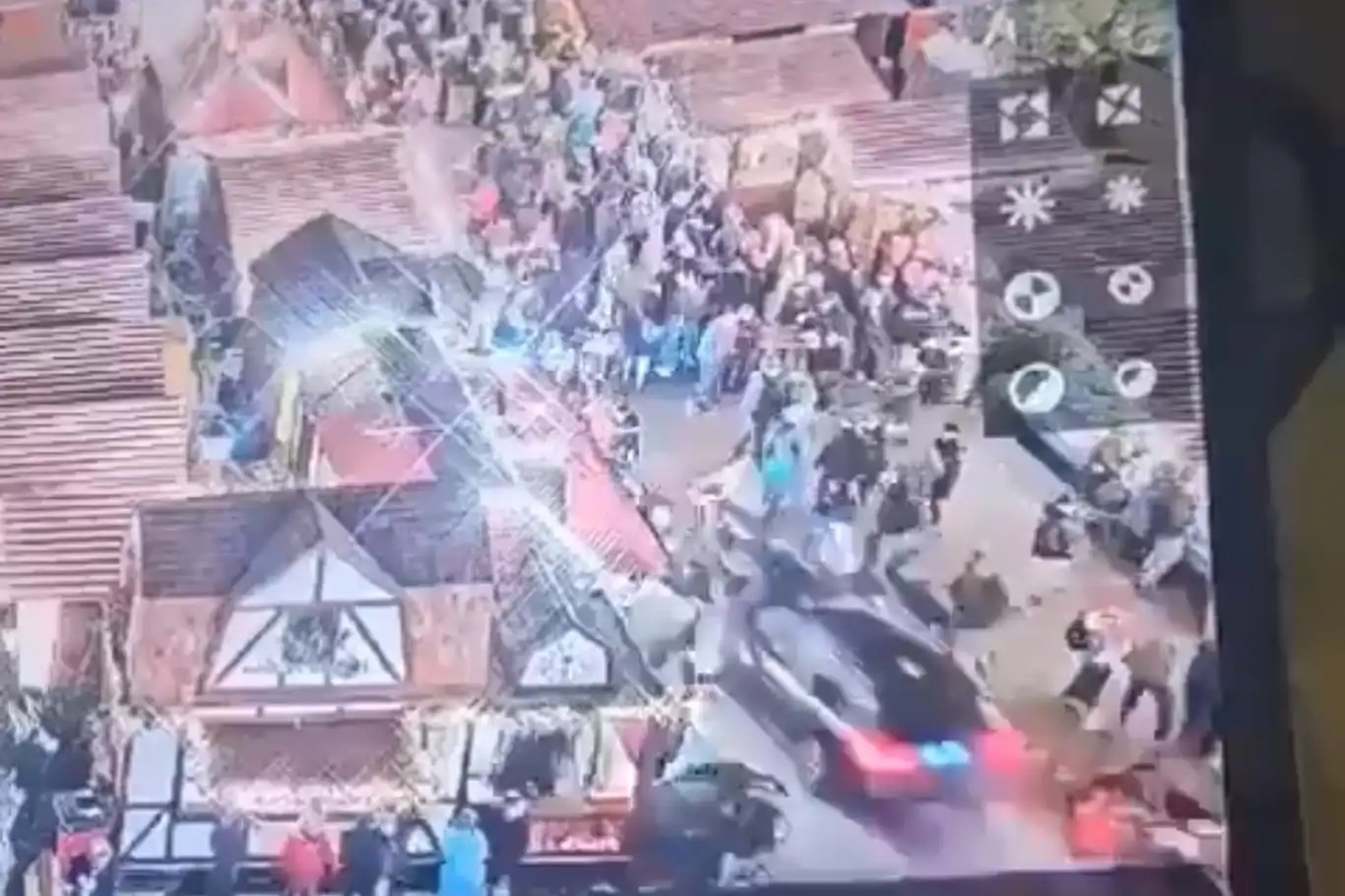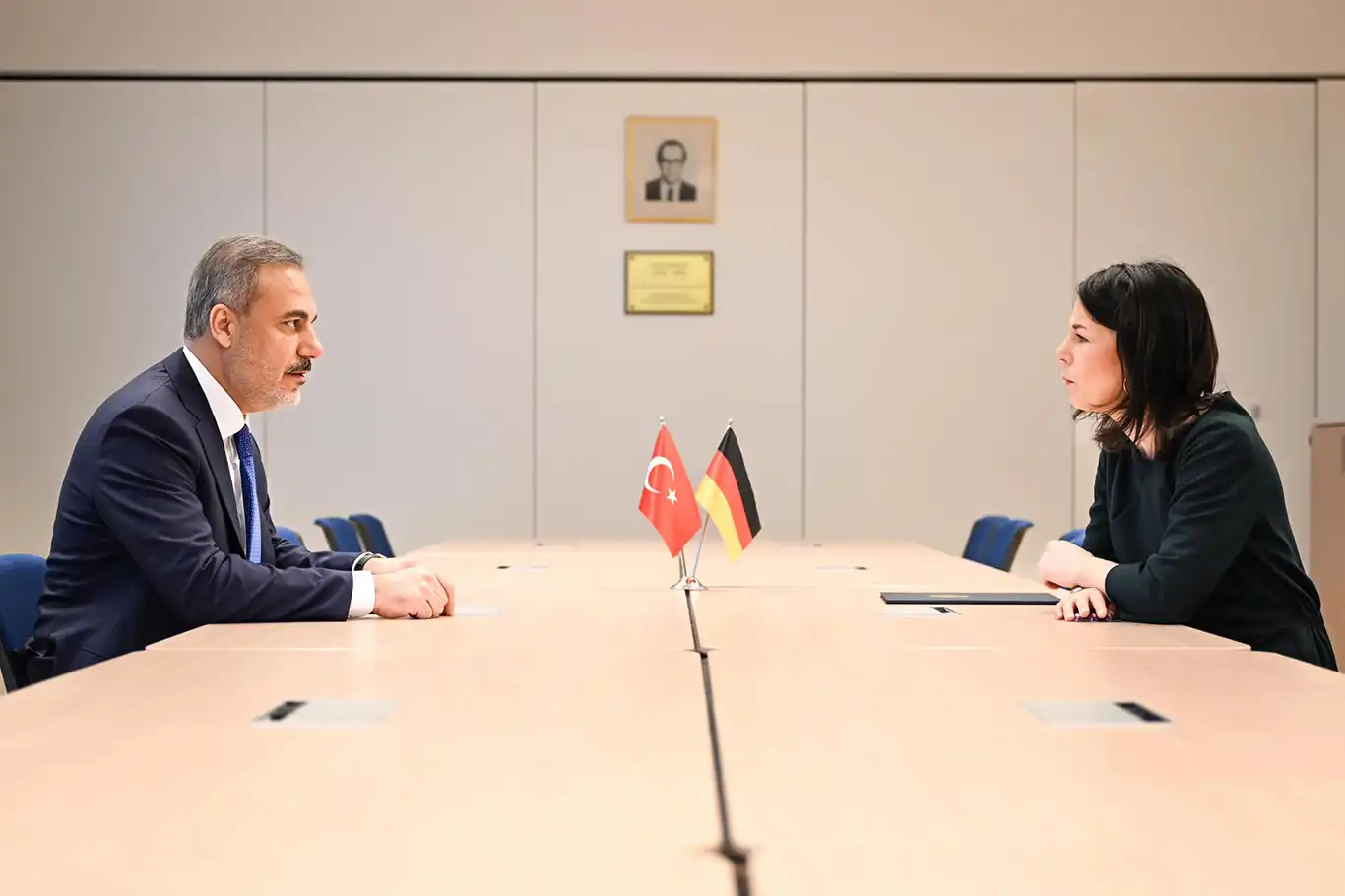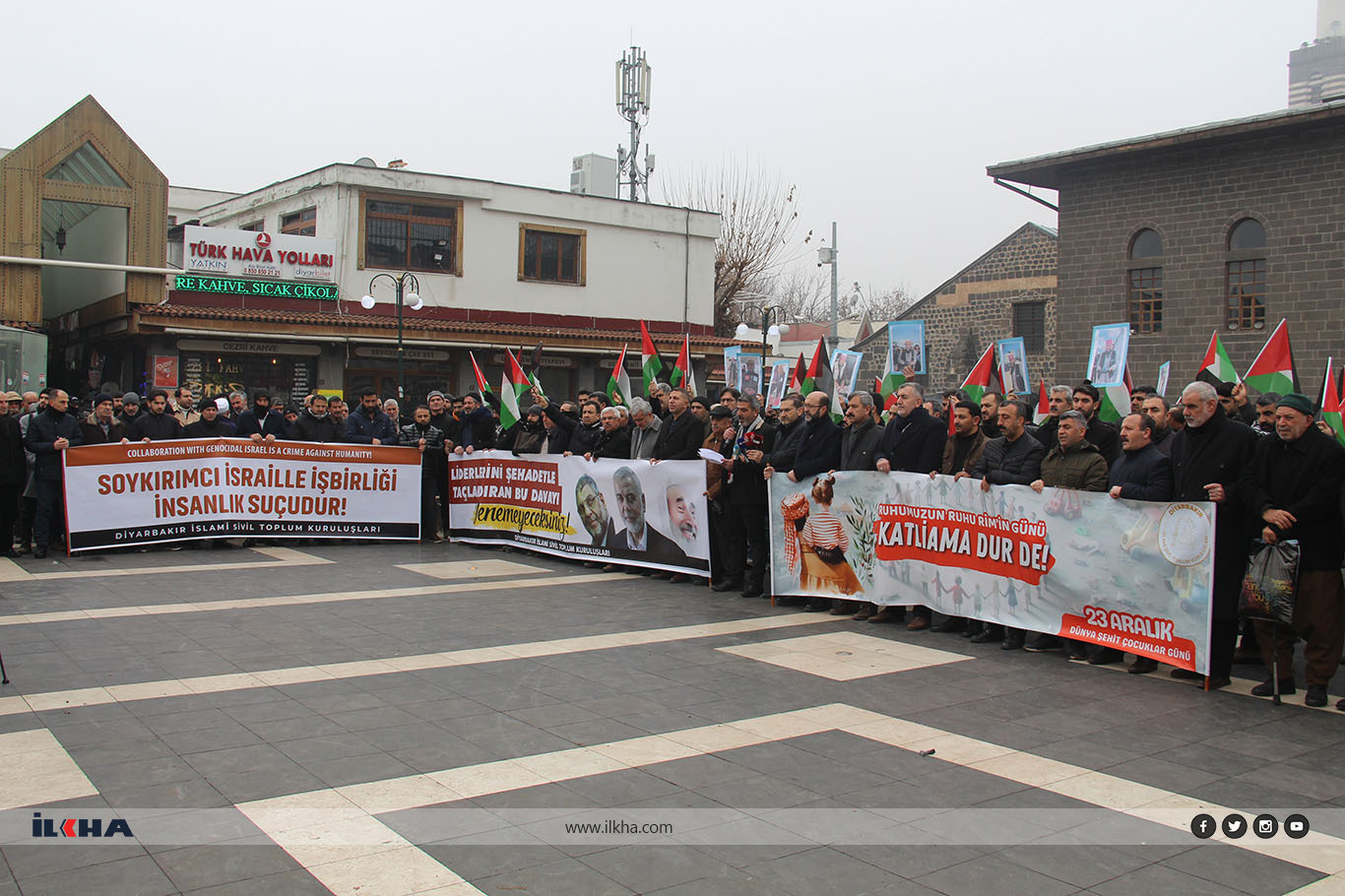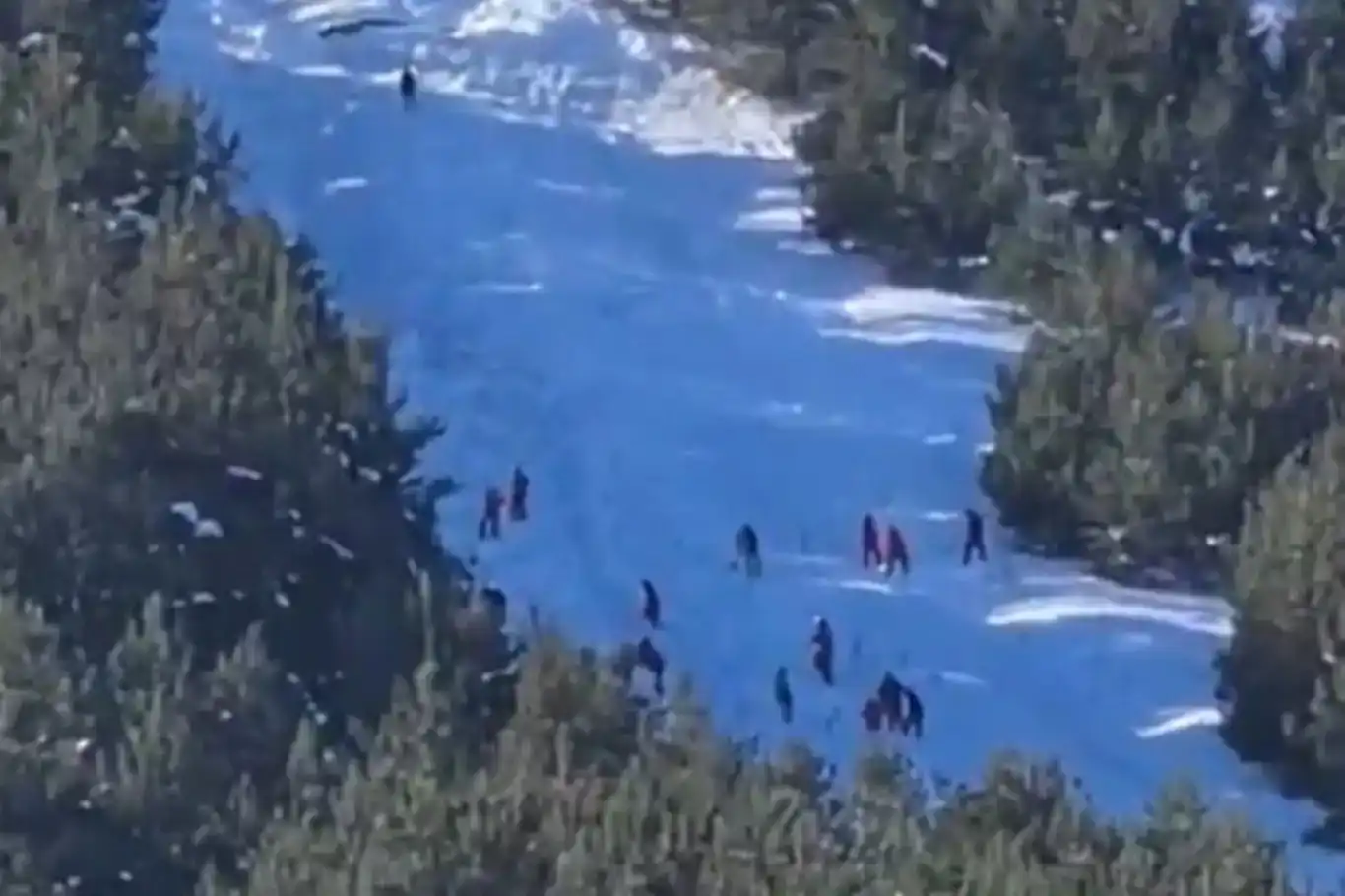The 32nd anniversary of Anfal massacre
On the occasion of the 32nd anniversary of the Anfal massacre, more than 100 thousand Kurds who were massacred are commemorated with mercy and gratitude.

 Google News'te Doğruhaber'e abone olun.
Google News'te Doğruhaber'e abone olun. Anfal, which had eight stages altogether, started with the expulsion of Kurds from their own villages in mid-February 1988. Expanding into almost all areas of Kurdistan, the operation escalated to a very dangerous level on April 14, 1988, with rapidly spreading persecution policies.
Iraq's Supreme Criminal Court considered operation Anfal a genocide against the Kurds in a ruling in 2007, and then began the process of arresting hundreds of people for their participation in the Anfal massacre.
The first Anfal stage was conducted between 23 February and 18 March 1988. It targeted the Jafali Valley at the border to Iran. The villages Sargallu, Bargallu, Gwezeela, Chalawi, Haladin and Yakhsamar were attacked with poison gas.
During the second Anfal from 22 March and 2 April 1988, the Qara Dagh region, southwest of the city Suleimanya, was targeted. Again, several villages were attacked with poison gas. Villages attacked with poisonous gas were Safaran, Sewsenan, Belekjar, Serko and Meyoo.
In the next Anfal campaign from 7 April to 20 April 1988, the Garmian region east of Suleimanya was targeted. In this campaign, many women and children disappeared. The only village attacked with chemical weapons was Tazashar.
Anfal 4 took place between 3–8 May 1988 in the valley of the Little Zab, which forms the border of the provinces of Erbil and Kirkuk. Major poisonous gas attacks were perpetrated in Askar and Goktapa.
In these three consecutive attacks between 15 May and 16 of August 1988, the valleys of Rawandiz and Shaqlawa were targeted, and the attacks had different success. The Anfal 5 failed completely; therefore, two more attacks were necessary to gain Iraqi governmental control over the valleys. The Peshmerga commander of the region, Kosrat Abdullah, was well prepared for a long siege with stores of ammunition and food. The villages Hiran, Balisan, Smaquli, Malakan, Shek Wasan, Ware, Seran and Kaniba were attacked with poisonous gas. After the Anfal 7 attack the valleys were under the control of the Iraqi government.
The last Anfal was aimed at the region controlled by the KDP named Badinan and took place from 25 August to 6 September 1988. In this campaign, the villages of Wirmeli, Barkavreh, Bilejane, Glenaska, Zewa Shkan, Tuka and Ikmala were targeted with chemical attacks.
According to Human Rights Watch, during the Anfal campaign, the Iraqi government did the following:
Massacred 50,000 to 100,000 non-combatant civilians, including women and children. However, Kurdish officials have claimed the figure could be as high as 182,000.
Destroyed about 4,000 villages (out of 4,655) in Iraqi Kurdistan. Between April 1987, and August 1988, 250 towns and villages were exposed to chemical weapons;
Destroyed 1,754 schools, 270 hospitals, 2,450 mosques, and 27 churches;
Wiped out around 90% of Kurdish villages in the targeted areas.
After the topple of the Baath regime, several mass graves were found in the area of the operation.
The Kurdistan Regional Government has set aside 14 April as a day of remembrance for the Al-Anfal campaign. (ILKHA)




























